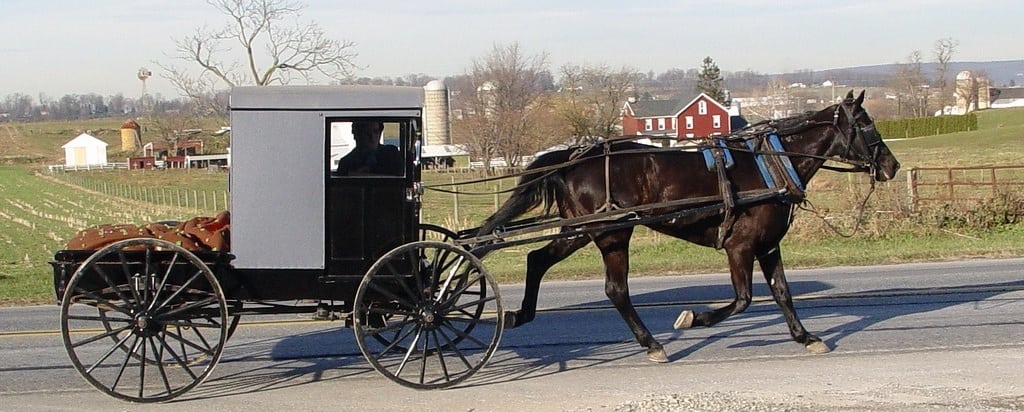Skift Take
Perhaps showing a quick comparison of how long it would take flyers to arrive at a destination on the back of a horse and buggy would help quell complaints from economy passengers.
Indeed, in this age of instant digital communications and fast travel, we tend to forget that not so long ago traveling distances were subjectively very different. In the 1800s, for example, traveling a few hundred miles across the U.S. meant taking a steam-powered train, and the trip could take days. Going from coast to coast, which now takes less than a day, could take weeks.
The best way that I’ve found to understand how fast one could travel across the country back in those simpler, but slower, times is these maps from the 1932 Atlas of the Historical Geography of the United States. All the maps use New York City as a starting point on the East Coast, and show how long it would take to move westward across the country.
The Daily Newsletter
Our daily coverage of the global travel industry. Written by editors and analysts from across Skift’s brands.
Have a confidential tip for Skift? Get in touch
Photo credit: Some people still travel by horse and buggy in Lancaster, Pennsylvania. Andy Myers / Flickr.com

